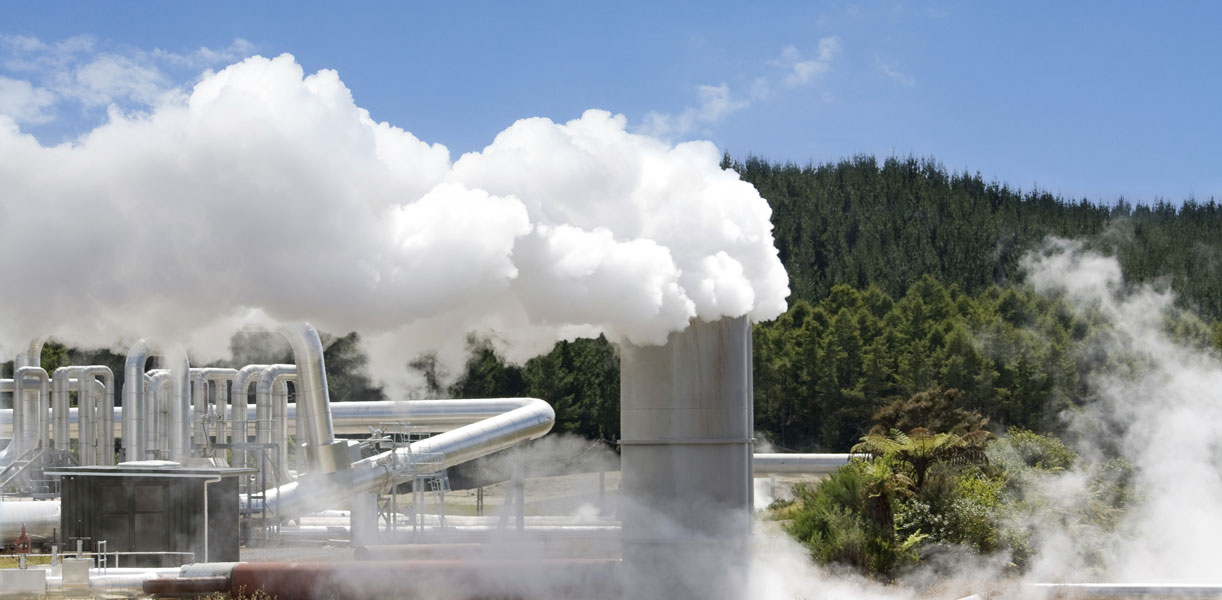The Energy Forum in a report prepared jointly with the Institute for Renewable Energy says about how we can increase the share of renewable energy in Polish heating to 40 percent. in the perspective of 2030
The authors of the analysis point out that the Polish heating sector is largely based on coal, whose share in heat production in system heating reaches almost 73 percent, and in the case of home heating installations about 48 percent. As stated in the study, hard coal consumption for heating purposes is 24 million tons per year, of which 12 million tons is used in households.
In view of the ongoing discussion at EU level on the subject of EU climate neutrality, in the opinion of the authors of the analysis, it is important to establish in Poland a long-term goal of decarbonisation in heating. According to them, the share of renewable energy in heating in 2030 should be set at 40 percent, which will allow to completely eliminate emissions by 2050. The report presents the path to achieving a 40% share of renewable energy in heating in 2030, which, according to the authors, requires a reduction in heat demand and a change in the structure of fuel demand and installed capacity.
According to forecasting assumptions presented in the analysis, in 2030 the demand for heat will decrease by 21 percent. up to 622 PJ compared to 789 PJ in 2016. This will be, among others, the effect of widespread thermal modernization of buildings. In contrast, fossil fuel technologies will be replaced by renewable energy sources. The total capacity of the former in the entire heating sector is to fall from 139 GWt in 2016 to 71 GWt in 2030. At the same time, the capacity installed in renewable energy (including waste heat and municipal waste incineration processes) will increase from 33 GWt to 72 GWt.
As indicated in the analysis of the share of renewable energy in individual heating is expected to increase from 21 percent. in 2016 up to 40 percent in 2030. As a result, the installed RES capacity will double from 31 GWt to nearly 60 GWt and amount to 54 percent. total capacity in individual heating compared to 22% in 2016.
On the other hand, in system heating, the share of energy from renewable energy sources is to increase from 9%. in 2016 up to 39 percent in 2030, RES installed capacity in system heating is to increase more than six times, from less than 2 GW t to 12.2 GW t, which is to translate into 37 percent. total capacity in system heating compared to 5% in 2016
According to the authors of the study, the largest investments should be allocated to three technologies whose heating power may increase significantly over the next decade: heat pumps (up to 9.1 GWt), solar collectors (up to 23.5 GWt) and pellet boilers used in households ( up to 23 GWt)
The total investment outlays for new renewable energy technologies in heating in the years 2020−2030 was estimated by the authors at PLN 81.5 billion. As emphasized in the report, average expenditure of around PLN 8 billion per year is an opportunity for technology providers, but also a real challenge, also for investors and the financial sector.
As the president of Forum Energii emphasizes. dr Joanna Maćkowiak Pandera: The development of renewable energy in heating should be accompanied by an ambitious industrial policy to expand the potential of the domestic sector of production and installation of equipment and create as many jobs as possible in this sector. Clean heat can become a flywheel of the Polish economy, which after the crisis caused by the coronavirus will need new development impulses.



